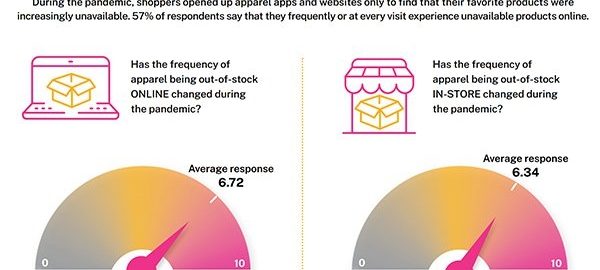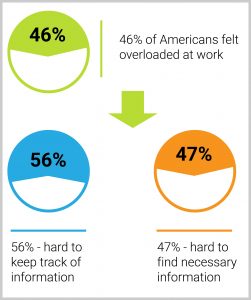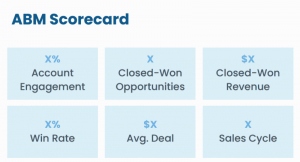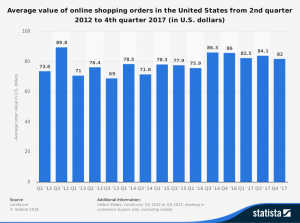Search Offsets ‘Low Stock’ And ‘Out Of Stock’ Ecommerce Messages, Study Shows
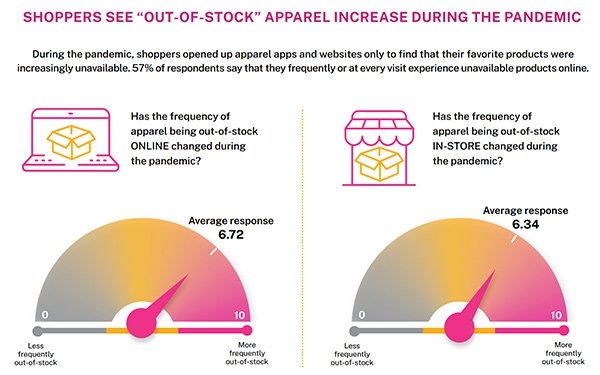
Some 57% of shoppers said they find specific apparel items online out of stock frequently, or every time they shop.
About 86% of online shoppers prefer to have apparel purchases delivered to their home versus picking up the item in the store, but delays in store employees pulling the item also can cause the product to go out of stock.
The data released Tuesday by Lucidworks shows online shoppers are open to recommendations if stock is low on certain items, but advanced site search can help consumers find alternatives.
The company surveyed 401 consumers in the U.S. and 401 consumers in the U.K. in March 2022 who shop online for apparel. Respondents — limited to consumers who shop online for apparel at least once a month — said there has been a noticeable uptick in “out-of-stock” messages during the pandemic, but they are open to relevant substitutions that match their taste, preferred fit, and price range.
Some 69% of shoppers will find a similar apparel retailer if they can’t find what they need on their preferred app or website.
Of the respondents who want to receive back-in-stock notifications, 75% of those prefer to receive notification via email and 38% prefer notifications via text.
Men are more than three times as likely to buy a substitute anytime as compared to women.
Spot-on recommendations require apparel online retailers to understand a shopper’s precise desire, predict inventory availability, and promote the items that shoppers are most likely to add to the cart.
The survey report outlines consumer preferences and behaviors around online apparel shopping during the pandemic.
Some 76% of shoppers say that they will sometimes or always buy a substitute, even if they shop with a specific apparel item in mind. Openness to substitutions differed geographically.
U.S. shoppers overall are more than three times as likely to buy an alternative apparel product, compared with U.K. consumers.
When consumers were asked whether there was an apparel item they would never substitute, preferences were based on brands, styles, and fits that are non-negotiable in categories including jeans, footwear, and undergarments.
Nearly a quarter of shoppers say they might look for relevant substitutes, but proactive ecommerce notifications can keep shoppers from the surprise of an “out-of-stock” message.
About 91% of shoppers want to be notified when an item they like is back in stock and 61% of shoppers say they’re more likely to buy an item in their size if they know it’s low-in-stock.
Alerts through email, text message, or app notification can help, but smarter search optimization and tactics can sell what’s in stock, according to the data. Mismatched recommendations aren’t the only reason shoppers leave the site without making a purchase.
Some 15% of shoppers said they usually end up on a “no results” page when an item they look for is out-of-stock.
That means retailers fail to offer relevant substitutes in place of a preferred item.
Retailers that invest in semantic vector search technology learn from customer behavior to associate queries with products that have a similar purpose, so shoppers never end up on “no results” page, even if their intended item isn’t available.
(31)
Report Post